Arabic calligraphy, an art form that dates back centuries, is much more than mere writing. It blends cultural heritage, aesthetic expression, and profound artistic discipline. This art form has evolved, capturing the essence of the Arabic language and Islamic culture. For kids and beginners, learning Arabic calligraphy can be a journey into a world of elegant scripts and historical significance. Pursueit offers a unique opportunity to delve into this beautiful art form, making Arabic calligraphy accessible and enjoyable for beginners. Our guide is designed to introduce you to the basics of Arabic calligraphy, its cultural relevance, and the first steps to mastering this timeless art.
The Basics of Arabic Calligraphy
In Pursueit’s course on The Basics of Arabic Calligraphy, beginners embark on an artistic journey, learning the elegant strokes and forms of the Arabic script. This foundational course simplifies the complexities of calligraphy, making it an enjoyable and enriching experience for all aspiring calligraphers.
Understanding the Arabic Alphabet in Calligraphy
Arabic calligraphy begins with a fundamental understanding of the Arabic alphabet. Each letter in the Arabic script has its unique form, which can vary based on its position in a word. At Pursueit, we simplify Arabic alphabet calligraphy for our learners, focusing on each letter’s distinct shape and how they connect to form words. Our beginner-friendly approach ensures that even those new to the Arabic language can easily appreciate and learn the art of calligraphy.
- Letter Forms: Learning the standalone and connected forms of each letter.
- Connecting Letters: Understanding how letters change shape in different word positions.
First Steps in Arabic Calligraphy for Beginners
Pursueit provides a structured pathway to learn Arabic calligraphy easy and effectively for those embarking on their calligraphy journey. Our courses for beginner easy Arabic calligraphy start with basic strokes, gradually moving to more complex letter formations and word structures. We emphasize practice and patience, allowing beginners to develop their skills comfortably.
- Basic Strokes: Starting with simple pen movements.
- Forming Letters: Progressing to letter formation and basic words.
Tools and Materials for Arabic Calligraphy
Arabic calligraphy, an art form revered for its elegance and complexity, requires specific tools and materials. At Pursueit, we understand the importance of having the right equipment to master this art, especially for beginners.
See more: Starting your Arabic Language Learning!
Essential Tools for Starting
The first step for anyone embarking on their journey into Arabic alphabet calligraphy is gathering the essential tools. These include:
- Calligraphy Pens (Qalam): Traditional bamboo or reed pens, crucial for authentic strokes.
- Ink: High-quality ink that flows smoothly and consistently.
- Paper: Smooth, absorbent paper that complements the ink and pen.
Pursueit offers a curated selection of these tools, ensuring beginners have access to the best quality materials and making their initial steps in Arabic calligraphy as seamless as possible.
Choosing the Right Materials
Selecting the right materials is pivotal in Arabic calligraphy. Beginners should consider:
- Ink Consistency: The right viscosity for easy flow without smudging.
- Paper Texture: Smooth but not overly glossy to prevent ink bleeding.
- Pen Nibs: Different sizes for varied stroke widths.
Pursueit’s beginner kits provide a balanced selection, making Arabic calligraphy easy and enjoyable for novices.
Styles and Techniques in Arabic Calligraphy
Arabic calligraphy is not just about writing; it’s an artistic expression with various styles and techniques.
Exploring Different Styles
Arabic calligraphy boasts several styles, each with a unique flair and historical significance. Some popular styles include:
- Naskh: Known for its clarity, it is used in print and digital media.
- Diwani: Flowing and ornate, often used in decorative art.
- Kufic: The oldest form, characterized by its angular lines.
Pursueit’s courses cover these styles, offering beginners a comprehensive understanding of Arabic alphabet calligraphy.
Technique Mastery for Beginners
Mastering Arabic calligraphy techniques is a journey of patience and practice. Key techniques include:
- Stroke Formation: Learning the basics of line thickness and angle.
- Letter Spacing: Understanding the spatial dynamics between letters.
- Rhythm and Flow: Developing a consistent and harmonious style.
Pursueit’s beginner courses focus on these fundamental techniques, making beginner Arabic calligraphy easy, accessible, and enjoyable. Beginners can develop their skills and confidence in this beautiful art form through guided practice and professional instruction.
Arabic Calligraphy in Modern Times
Arabic calligraphy, a timeless art form, has seamlessly transitioned into the modern era, embracing contemporary art and digital mediums. Pursueit, at the forefront of this evolution, offers unique courses that blend traditional techniques with modern aesthetics.
Recommended:58+ Basic Arabic Words Every Expat Should Know
Arabic Calligraphy in Contemporary Art
In contemporary art, Arabic calligraphy has found a new canvas. Artists at Pursueit creatively integrate calligraphic scripts into modern artworks, showcasing the versatility of this ancient art. These courses:
- Explore the fusion of traditional calligraphy with contemporary art styles.
- Encourage creative expression using Arabic alphabet calligraphy.
Digital Arabic Calligraphy
The digital revolution has not left Arabic calligraphy untouched. Pursueit’s courses on digital calligraphy:
- Introduce the use of software and digital tools.
- Teach techniques for creating digital calligraphic artworks.
- Emphasize the easy and accessible nature of digital calligraphy.
Learning and Practicing Arabic Calligraphy
Pursueit recognizes the importance of structured learning, especially for kids and beginners. Their courses are designed to make Arabic calligraphy accessible to all.
Structured Learning for Kids and Beginners
For those new to this art, Pursueit offers beginner, easy Arabic calligraphy courses that:
- Break down the basics of Arabic calligraphy into simple, manageable steps.
- Use engaging teaching methods suitable for kids and beginners.
- Focus on the foundational aspects of Arabic alphabet calligraphy.
Practice Makes Perfect
Consistent practice is key to mastering Arabic calligraphy. Pursueit’s courses:
- Provide regular exercises and feedback.
- Encourage the development of a personal style.
- Be patient and persistent when learning Arabic calligraphy. It’s crucial.
Conclusion
The journey through the world of Arabic calligraphy reveals its profound beauty and cultural significance. This art form is not just about writing; it’s a creative expression that connects us with history and tradition. Pursueit invites you to continue exploring and practicing Arabic calligraphy, whether you’re a curious beginner or a passionate learner. The elegance and intricacy of each stroke await to tell a story, your story.
Embark on your artistic journey with Pursueit. Discover the elegance of Arabic calligraphy and let your creativity flow. Start learning today and embrace the rich heritage of this beautiful art form.
FAQs
Q: Can you provide a list of the necessary tools and materials required for a beginner to start learning Arabic calligraphy?
A: Beginners should start with basic calligraphy pens, ink, and smooth, high-quality paper. Pursueit offers starter kits for easy access.
Q: Are specific types of paper or pens recommended for novice calligraphers?
A: Yes, Pursueit recommends specific types of nibs and paper that are beginner-friendly, ensuring a smooth learning experience.
Q: How can beginners create a conducive workspace for practising Arabic calligraphy?
A: A quiet, well-lit space with a comfortable seating arrangement is ideal. Pursueit guides you in setting up the perfect practice area.
Q: Which calligraphy scripts are suitable for those new to Arabic calligraphy?
A: For beginners, Pursueit suggests starting with simpler scripts like Naskh or Ruq’ah, which are easier to learn.
Q: Can you provide step-by-step guidance for practising basic strokes in these scripts?
A: Absolutely; Pursueit offers detailed tutorials and step-by-step guides for practising basic strokes in beginner-friendly scripts.
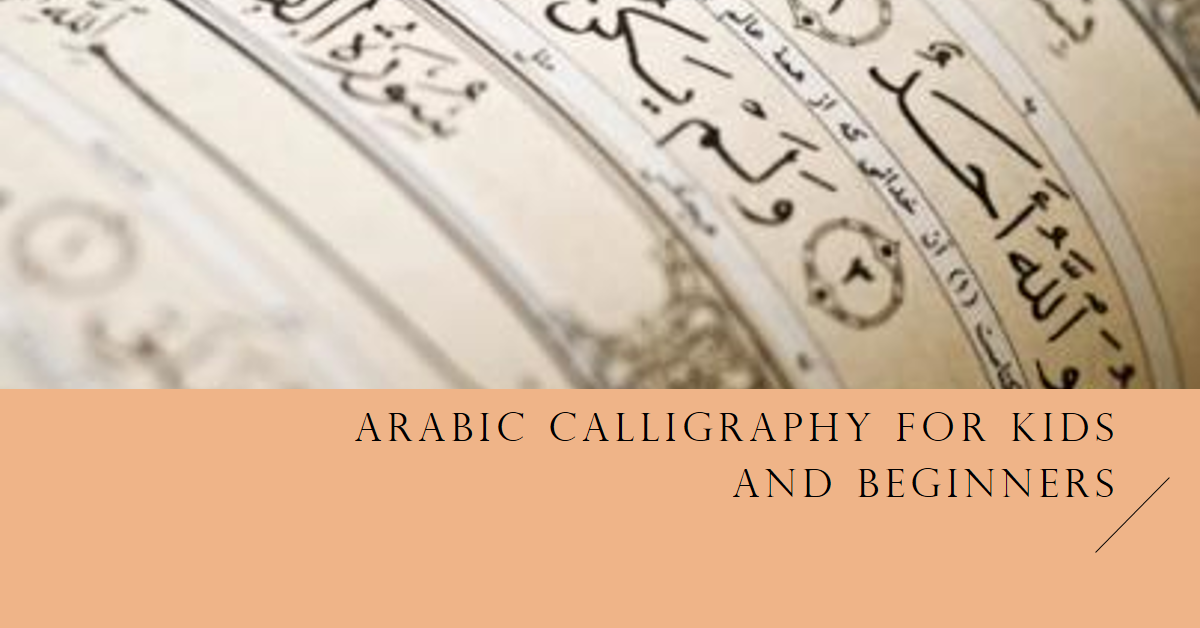

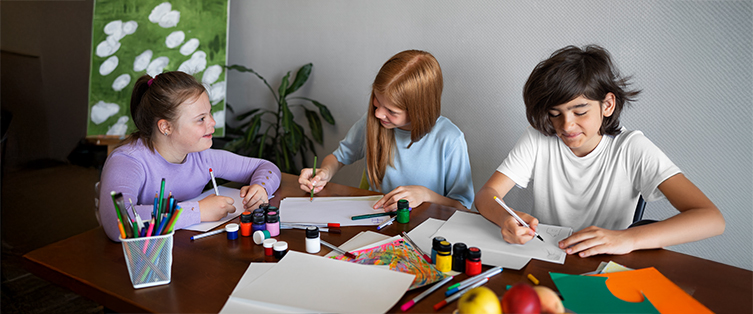
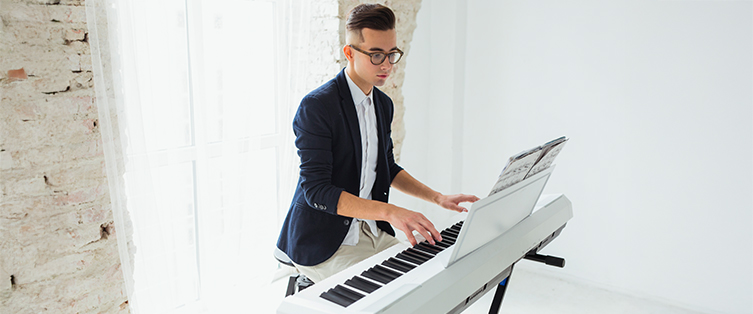
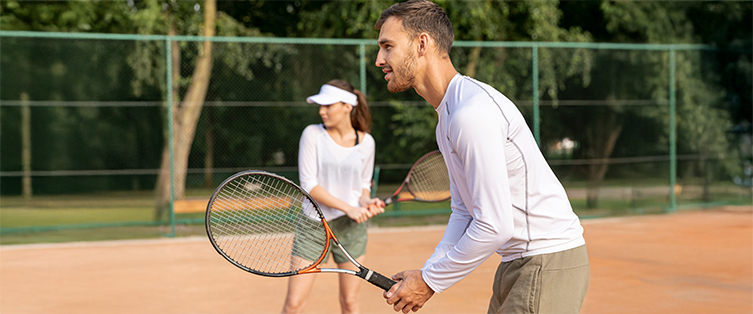

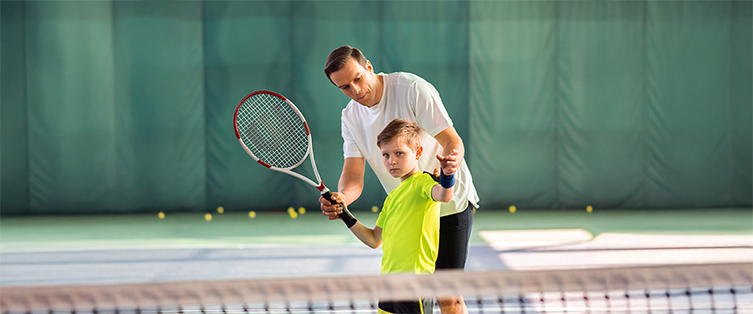
Leave a Reply